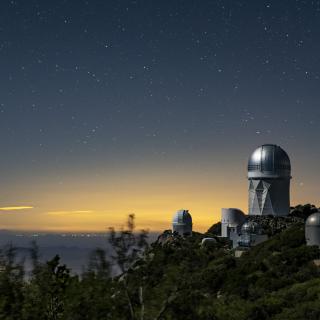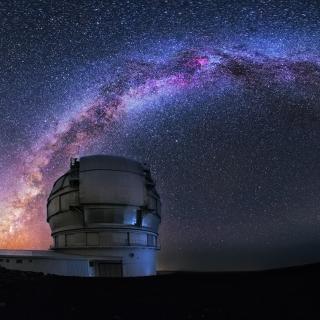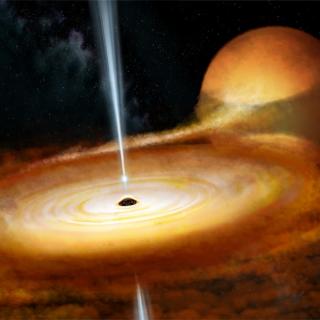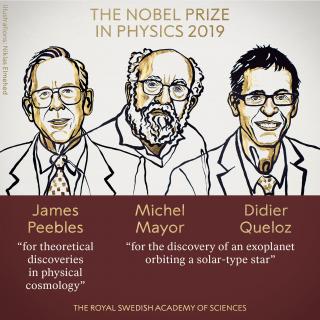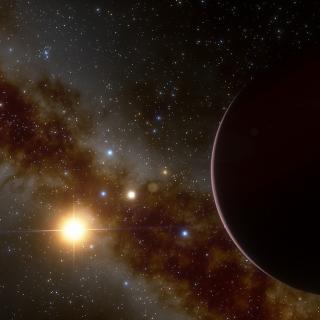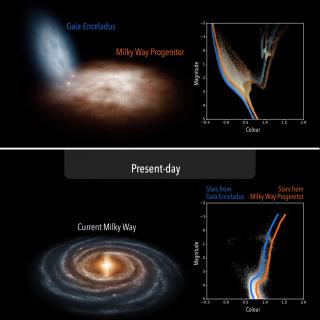
Among the myriad discoveries presented in the second data release of the Gaia mission, there was an enigmatic color-magnitude diagram (CMD) of Milky Way halo stars, showing a striking double (blue/red) sequence. The blue sequence was linked to a major merger that our Galaxy experienced early in its history (Gaia-Enceladus). The origin of the red sequence was unclear, and it was generally associated, because of its chemical composition, with the Milky Way thick disk. However, the lack of accurate ages precluded a clear understanding of its nature. We compared this double-sequenced observed
